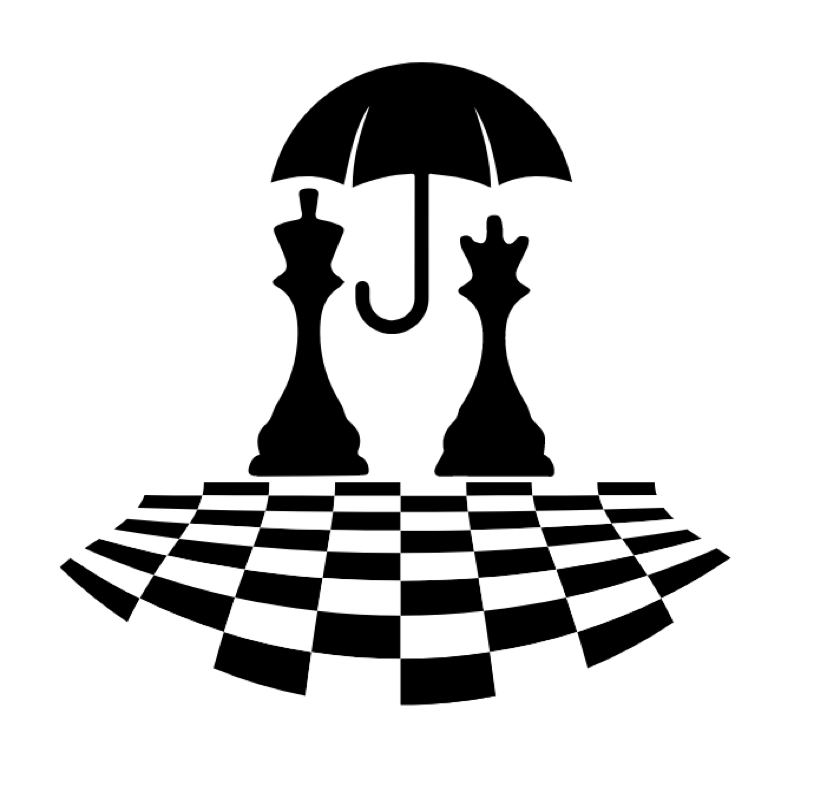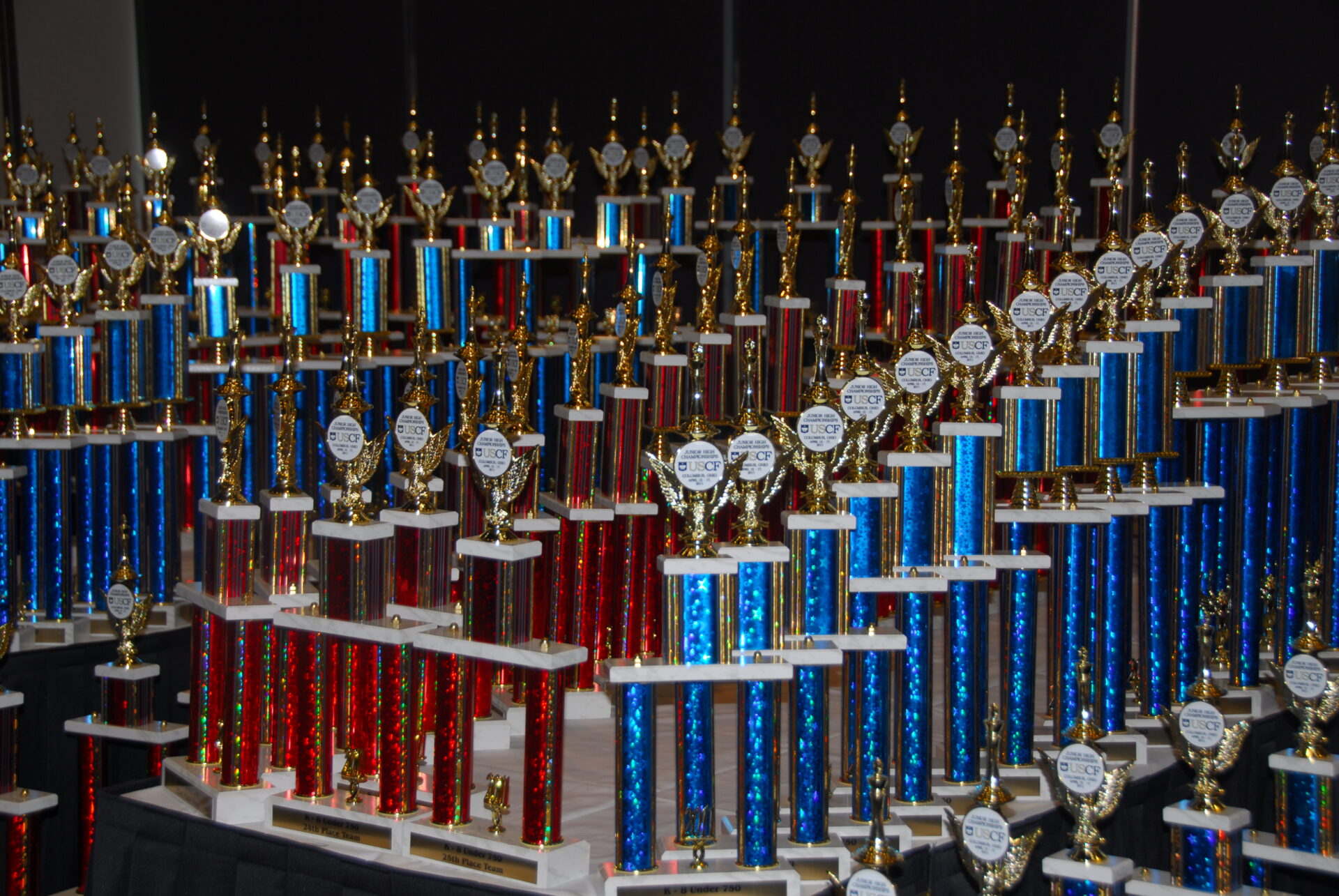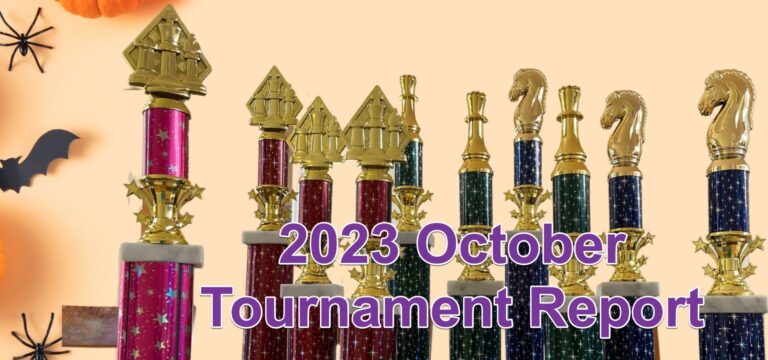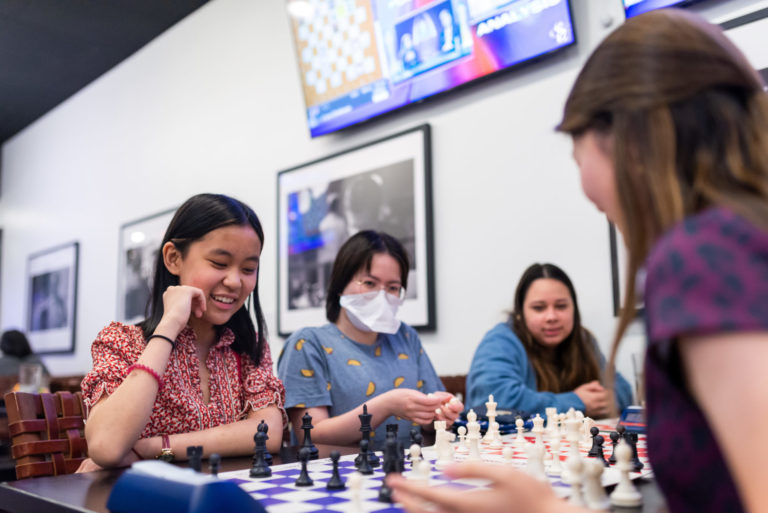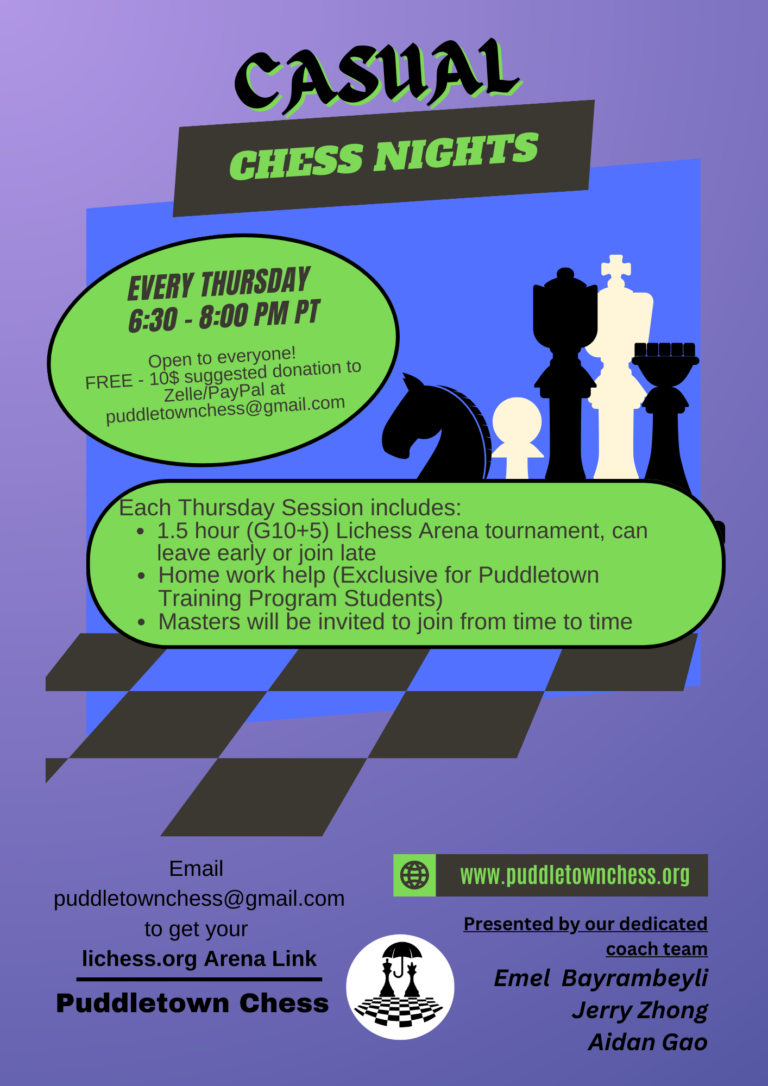After our Feburary newsletter was sent out, we received many questions from parents and players regarding the National K-6 Elementary Championship. Here are a few of the most common ones; let me know if there’s anything else you’re curious about!
1) Can anyone attend Nationals? I thought only state winners qualify.
There are different types of national events—open tournaments and invitational/closed tournaments.
Below are the most prestigious National Scholastic open tournaments:
- National K-12 Grade Championships. Usually happens in Dec.
- National Middle School (K-8) Championship. Usually happens in April.
- National Elementary (K-6) Championship. Usually happens in May.
- All-Girls National Championship. Usually happens in April.
Details can be found here: https://new.uschess.org/national-events-calendar
Anyone who qualifies by age/grade/gender can attend.
For the closed/invitational junior tournaments, below are the most prestigious ones:
- U.S. Junior Championship and U.S. Junior Girls Championship. Invites the top 10 players under 20 years of age in the nation.
- National State Invitational (Tournament of State Champions): one representative per age group is picked per state. In Oregon, these representatives are chosen at the OSCF State Championship (aka Seaside). The tournaments:
- National State Elementary Championship (Rockefeller)
- National Tournament of Middle School State Champions (Barber)
- National Tournament of High School State Champions (Denker)
- National Tournament of Girls State Champions (Haring)
- International Youth events: World Cadet Championship (players younger than 12) and World Youth Championship (players younger than 18). Players qualified by rating to represent the US Delegation.

2) Is it worth going if my child is not in the championship group?
Short answer: definitely.
Long answer: Below is my (and my brother’s) first national experience.
I was in grade 4, Austin was in grade 1. My rating back then was 1169. Austin’s rating was 341. He ended up in 11th place (by tiebreak) with a big trophy (rating report can be found here: https://www.uschess.org/msa/XtblMain.php?201612182712.12-16097497). How about me? Umm…I was nowhere to be found…102nd place.
We all had a great time. I never knew there were so many kids doing the same thing as me. I thought I was good, but I when I started competing at a national scale, I realized there was still a lot of room for improvement. I told myself that someday I would be there with the big trophy. I studied hard and it showed during the next year’s National All-Girl’s tournament—I won 8th place! I also made many friends there. Together we grew and became the top girls in the nation. These early two national tournament experiences inspired me to continue working hard.
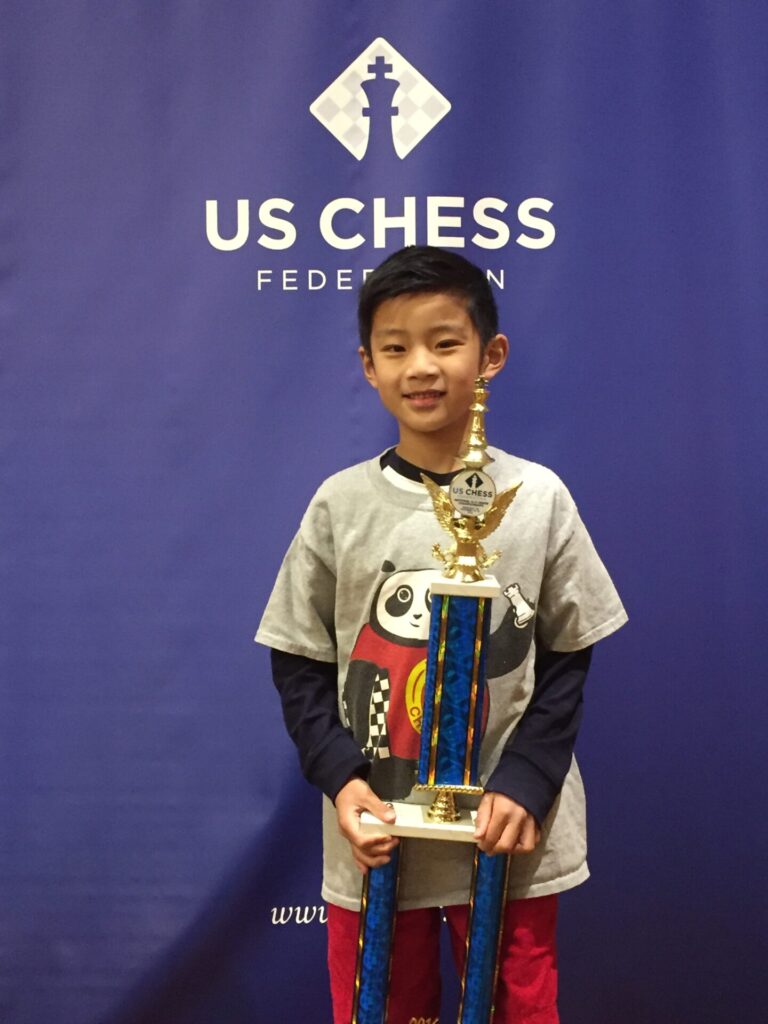
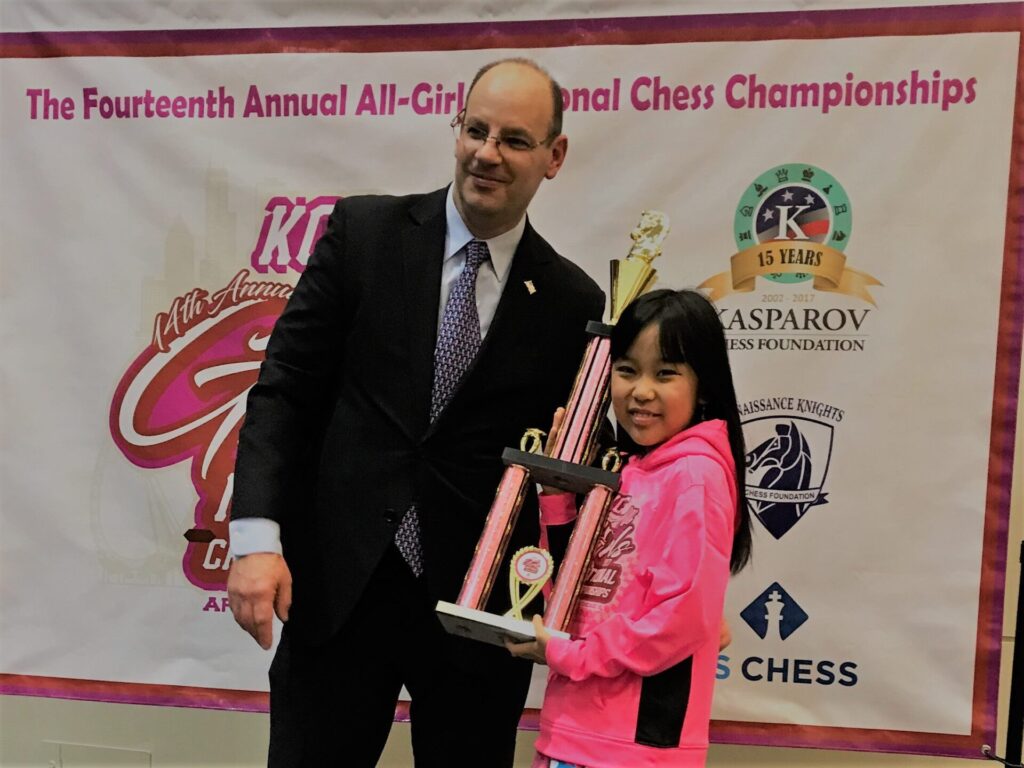
We were so cute back then…
3) What’s the right time/level to start playing Nationals?
Going to Nationals is a lot about the experience, and the prizes there are mostly extra motivation! The most valuable part is being a part of an environment where you can meet so many similarly-aged kids that also love playing chess. As long as you know how the pieces move and are interested in playing, you’re ready for Nationals! The tournament itself is a really fun experience (it was one of my earliest memories of traveling by plane, for instance).
Comment below if you have any additional questions, and I will update this blog post accordingly!
